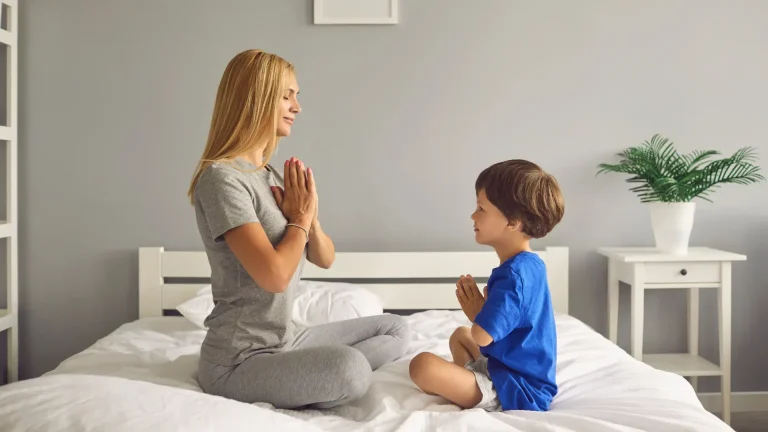In the cacophony of modern life, where the demands of work, family, and technology compete for our attention, the concept of mindfulness emerges as a beacon of serenity and mental clarity. Mindfulness, at its core, is the art of being present – a practice that not only transforms the way we experience the world but also holds profound benefits for our mental well-being.
Unveiling the Essence of Mindfulness
Defining Mindfulness:
At its simplest, mindfulness is the practice of cultivating awareness in the present moment without judgment. It’s a deliberate shift from the autopilot mode of living to a state of conscious presence. In a world characterized by constant stimuli, mindfulness is the antidote that invites us to savor each moment and embrace the fullness of our experiences.
The Power of Presence:
Why does mindfulness matter? It’s more than just a buzzword; it’s a powerful tool for mental well-being. By training our minds to be fully present, we untangle ourselves from the web of past regrets and future anxieties. The result? Increased clarity, reduced stress, and a heightened sense of fulfillment in our daily lives.
Basic Mindfulness Practices
- Breath Awareness:
A cornerstone of mindfulness, breath awareness involves focusing your attention on the breath. As you inhale and exhale, observe the sensations and rhythms. This simple yet potent practice anchors you to the present moment, creating a space for tranquility amid life’s chaos. - Body Scan Meditation:
In this practice, you systematically bring attention to different parts of your body, starting from your toes and moving upward. By cultivating awareness of physical sensations, you develop a deeper connection between your mind and body, fostering a profound sense of presence. - Mindful Walking:
Turn an everyday activity into a mindfulness practice. As you walk, pay attention to each step, the sensation of your feet touching the ground, and the movement of your body. This practice transforms a routine task into a meditative experience, grounding you in the present. - Guided Meditations:
For beginners, guided meditations provide a structured entry into mindfulness. Follow the guidance of a meditation instructor, focusing on breath, sensations, or visualizations. These sessions offer a gentle introduction to the art of meditation.
Embracing a Mindful Lifestyle
Building Mindfulness Into Your Day:
Mindfulness isn’t limited to formal meditation sessions; it can infuse every aspect of your life. From savoring your morning coffee to being fully present in conversations, mindfulness is a continuous practice that transforms routine moments into opportunities for profound awareness.
Patience and Self-Compassion:
As you embark on your mindfulness journey, be patient with yourself. The mind may wander, and that’s okay. The essence of mindfulness lies in gently guiding your attention back to the present without judgment. Cultivate self-compassion, recognizing that mindfulness is a skill that develops over time.
Conclusion
Mindfulness is not a destination but a journey into the richness of the present moment. This beginner’s guide provides a glimpse into the art of presence, offering simple yet potent practices to initiate your mindfulness exploration. As you integrate mindfulness into your life, you may find that the true beauty of this practice lies not only in its ability to reduce stress but in its capacity to enhance the quality of each moment, fostering a profound sense of well-being in the tapestry of your daily experiences. Begin your journey into mindfulness today, and discover the transformative power of being fully present.
